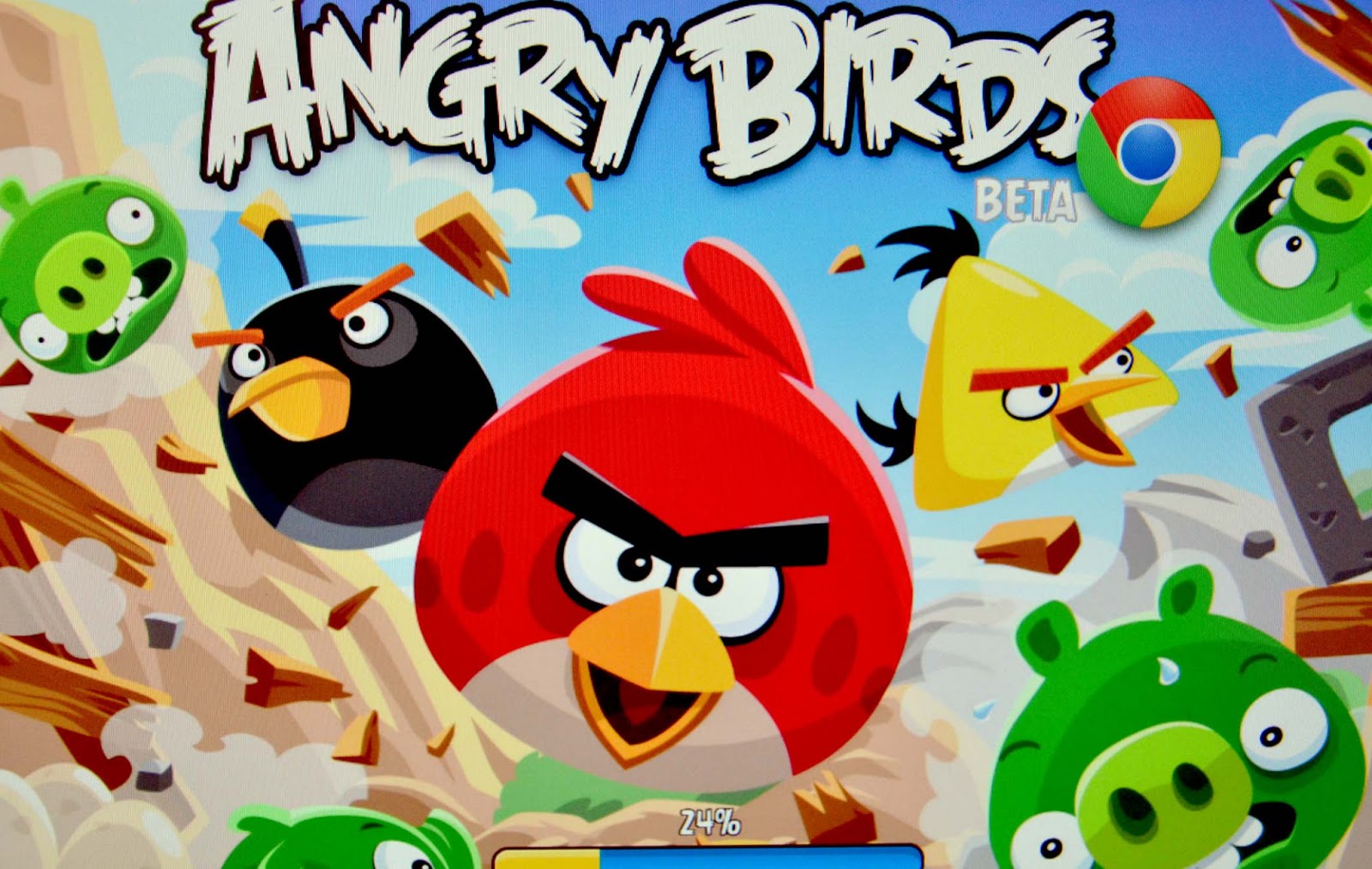


The year is 1944, and the place is occupied Italy-specifically, the Tuscan town of Romola, in whose forests dwell members of the Italian resistance movement. Just then, three fighter planes hurtle, in formation, overhead, and thus the game’s prevailing themes are set: denial, doubleness, and the coupling of bodies with besieged lands. The scene has a surreal tone: the pre-dawn light matches Martha’s blued skin, and a thick fog clings to the shore, damp and dirty, like the dress that hangs off her limp form. Giulia has just retrieved Martha’s body from a lake, hauling her ashore as though she had caught a mermaid. Sadly, evidence is mounting to the contrary. Martha is Dead opens with a refutation: “Martha is not dead.” Such are the words of Martha’s identical twin sister, Giulia, as whom we play.


 0 kommentar(er)
0 kommentar(er)
